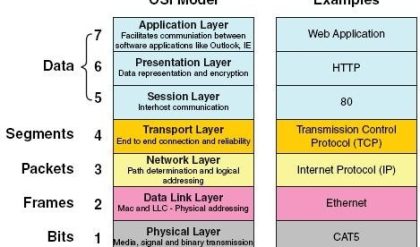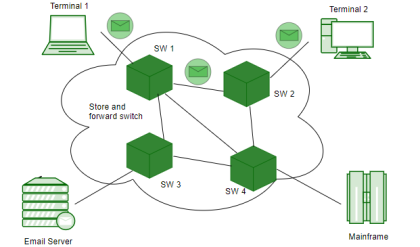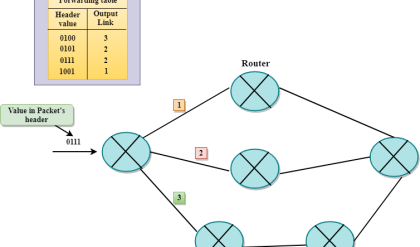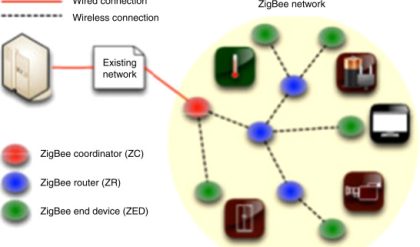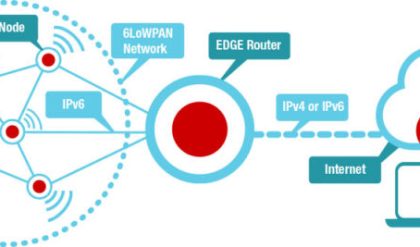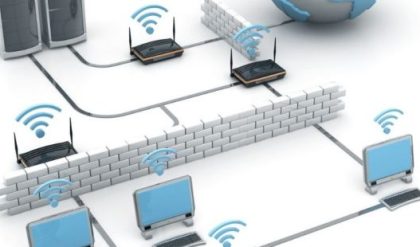There are a few reserved IPv4 address spaces which cannot be used on the internet. These addresses serve special purpose and cannot be routed outside the Local Area Network.
Private IP Addresses
Every class of IP, (A, B & C) has some addresses reserved as Private IP addresses. These IPs can be used within a network, campus, company and are private to it. These addresses cannot be routed on the Internet, so packets containing these private addresses are dropped by the Routers.

In order to communicate with the outside world, these IP addresses must have to be translated to some public IP addresses using NAT process, or Web Proxy server can be used.
The sole purpose to create a separate range of private addresses is to control assignment of already-limited IPv4 address pool. By using a private address range within LAN, the requirement of IPv4 addresses has globally decreased significantly. It has also helped delaying the IPv4 address exhaustion.
IP class, while using private address range, can be chosen as per the size and requirement of the organization. Larger organizations may choose class A private IP address range where smaller organizations may opt for class C. These IP addresses can be further sub-netted and assigned to departments within an organization.
Loopback IP Addresses
The IP address range 127.0.0.0 – 127.255.255.255 is reserved for loopback, i.e. a Host’s self-address, also known as localhost address. This loopback IP address is managed entirely by and within the operating system. Loopback addresses, enable the Server and Client processes on a single system to communicate with each other. When a process creates a packet with destination address as loopback address, the operating system loops it back to itself without having any interference of NIC.
Data sent on loopback is forwarded by the operating system to a virtual network interface within operating system. This address is mostly used for testing purposes like client-server architecture on a single machine. Other than that, if a host machine can successfully ping 127.0.0.1 or any IP from loopback range, implies that the TCP/IP software stack on the machine is successfully loaded and working.
Link-local Addresses
In case a host is not able to acquire an IP address from the DHCP server and it has not been assigned any IP address manually, the host can assign itself an IP address from a range of reserved Link-local addresses. Link local address ranges from 169.254.0.0 — 169.254.255.255.
Assume a network segment where all systems are configured to acquire IP addresses from a DHCP server connected to the same network segment. If the DHCP server is not available, no host on the segment will be able to communicate to any other. Windows (98 or later), and Mac OS (8.0 or later) supports this functionality of self-configuration of Link-local IP address. In absence of DHCP server, every host machine randomly chooses an IP address from the above mentioned range and then checks to ascertain by means of ARP, if some other host also has not configured itself with the same IP address. Once all hosts are using link local addresses of same range, they can communicate with each other. These IP addresses cannot help system to communicate when they do not belong to the same physical or logical segment. These IPs are also not routable.
